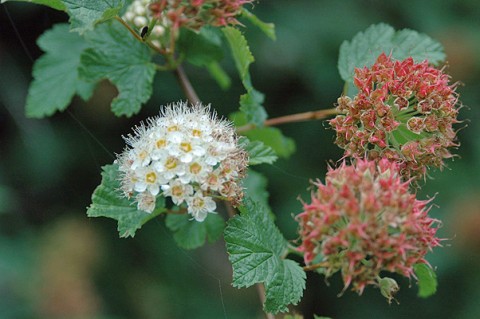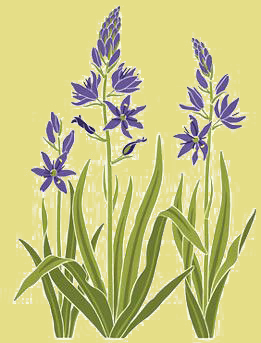Pacific Ninebark



1 - Image by Walter Siegmund
Licensed Under: CC-BY-SA-3.0 Unported
Pacific ninebark, Physocarpus capitatus, deserves a place in any garden. It sports glossy maple-like leaves and showy puffs of white flowers in the spring. In summer, those flowers turn to papery, red capsules of seeds. The fall leaf color is a rosy-brown and when the leaves are gone, the bronze-colored, peeling bark is revealed. The shrub's common name, ninebark, refers to the belief that it has nine layers of bark. Physocarpus capitatus is native to the coast from Alaska to Southern California.
In the wild, ninebark will most often be found in moist, open forest areas, swales, marshes and along creeks at low elevations. It is, however, adaptable to drier garden conditions with supplemental water. It prefers a sunny site. Expect ninebark to grow to 10 - 15 feet tall and about 10 feet wide. A large specimen of this shrub currently grows in the BLNPG rain garden. It also makes a great addition to a mixed shrub hedgerow.
Thickets of ninebark provide shelter for birds, which also eat the seeds. Several butterflies and their larvae are attracted to it, as well. Its twigs, buds and foliage are foraged by deer and mountain goat.
A tea made from ninebark twigs, with the bark removed (the bark is toxic), was used as a purgative by some Native American tribes and small items were made from the wood.

